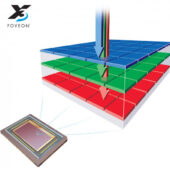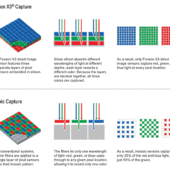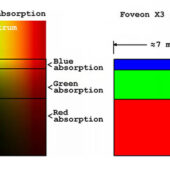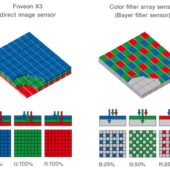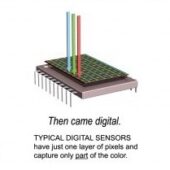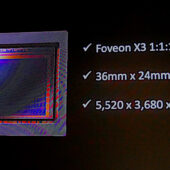An anonymous reader quotes a report from France24: Fueled in part by anger over flashy lifestyles flaunted by elites, young anti-corruption demonstrators mainly in their 20s rallied on Monday. The loose grouping, largely viewed as members of "Gen Z", flooded the capital Kathmandu to demand an end to a ban on Facebook, YouTube and other popular sites. The rallies ended in chaos and tragedy, with at least 19 protesters killed in a police crackdown on Monday. The apps were restored, but protests widened in anger.
On Tuesday, other Nepalis joined the crowds. Parliament was set ablaze, KP Sharma Oli resigned as prime minister, and the army took charge of the streets. Now, many activists are taking to the US group-chat app Discord to talk over their next steps. One server with more than 145,000 members has hosted feverish debate about who could be an interim leader, with many pushing 73-year-old former chief justice Sushila Karki. It is just one example of how social media has driven demands for change. [...]
More than half of Nepal's 30 million people are online, according to the World Bank. Days before the protests, many had rushed to VPN services — or virtual private networks — to evade blocks on platforms. Fears of a wider internet shutdown also drove a surge in downloads for Bluetooth messaging app Bitchat, created by tech billionaire Jack Dorsey. "Tech played... an almost decisive role," journalist Pranaya Rana told AFP. "The whole thing started with young people posting on social media about corruption, and the lavish lives that the children of political leaders were leading."
Hashtags such as #NepoKids, short for nepotism, compared the designer clothing and luxury holidays shown off in their Instagram posts to the difficulties faced by ordinary Nepalis. One post liked 13,000 times accused politicians' children of "living like millionaires," asking: "Where is the tax money going?" "NepoKids was trending all the time," including in rural areas where Facebook is popular, said rights activist Sanjib Chaudhary. "This fuelled the fire" of anger that "has been growing for a long time," he said. [...] Chaudhary said the government "seriously underestimated the power of social media." Nepal's first female prime minister was sworn in Friday as interim leader after protesters held an informal vote on Discord. "Former chief justice Sushila Karki, 73, was the unlikely choice of the 'Gen Z' protesters behind the movement that started out as a social media demonstration against the lavish lifestyles of 'Nepo Kids' but spilled out onto the streets and into the deadliest social unrest Nepal has seen in years," reports CNN World.
"Karki has spent much of her career within the very establishment the youth are protesting against, yet her reputation as a fearless and incorruptible jurist has appealed to many young people in the country of 30 million."


Read more of this story at Slashdot.
